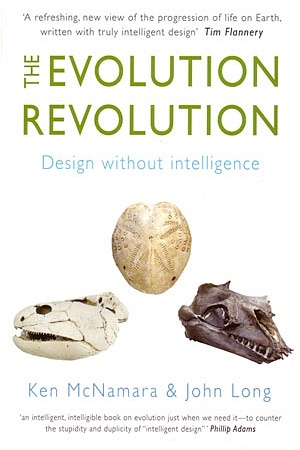On Immunity: An Inoculation
Text Publishing, $29.99 pb, 205 pp, 9781922182944
On Immunity: An Inoculation by Eula Biss
This year marks the fiftieth anniversary of arguably the biggest single breakthrough in our knowledge of how immunity works. After years of uncertainty, it turned out that the immune system contains two major functional classes of white blood cells. One class recognises foreign organisms, such as invading bacteria or transplanted tissue from an incompatible organ donor, ultimately leading to their rejection and destruction by the body. The other class recognises foreign chemicals in the body, and responds by neutralising them with highly specific antibodies. These foreign chemicals include proteins on the outer surfaces of infectious viruses and bacteria. Once targeted by antibodies, invading micro-organisms can be overcome by the immune system. The diversity of potentially pathogenic organisms is immense. Consequently, the immune system must be incredibly complex and adaptable to withstand these ever-present challenges to our well-being. Nevertheless, many of the mechanisms determining its operation are now well understood, not least due to the internationally recognised research undertaken at Melbourne’s Walter and Eliza Hall Institute.
Remarkably, one of the greatest advances in public health and preventative medicine occurred well before the biological basis of immunity was known. The development of immunisation as a protective measure against deadly or disabling disease was a triumph of skilled scientific experimentation and observation, built upon generations of folk experience. As a result of immunisation programs around the world, once-widespread and potentially fatal diseases such as tuberculosis, tetanus, measles, and whooping cough have become rare or, in cases such as smallpox and polio, almost eliminated. Why, then, is there a perception in some quarters of the public that immunisation is somehow harmful, a dangerous procedure to be actively resisted? This is the question that award-winning essayist Eula Biss sets out to answer in On Immunity: An Inoculation.
Continue reading for only $10 per month. Subscribe and gain full access to Australian Book Review. Already a subscriber? Sign in. If you need assistance, feel free to contact us.















Leave a comment
If you are an ABR subscriber, you will need to sign in to post a comment.
If you have forgotten your sign in details, or if you receive an error message when trying to submit your comment, please email your comment (and the name of the article to which it relates) to ABR Comments. We will review your comment and, subject to approval, we will post it under your name.
Please note that all comments must be approved by ABR and comply with our Terms & Conditions.